Supported by Liberty Specialty Markets
The world-class competition returns in 2023, seeking the best astronomy images of the past year
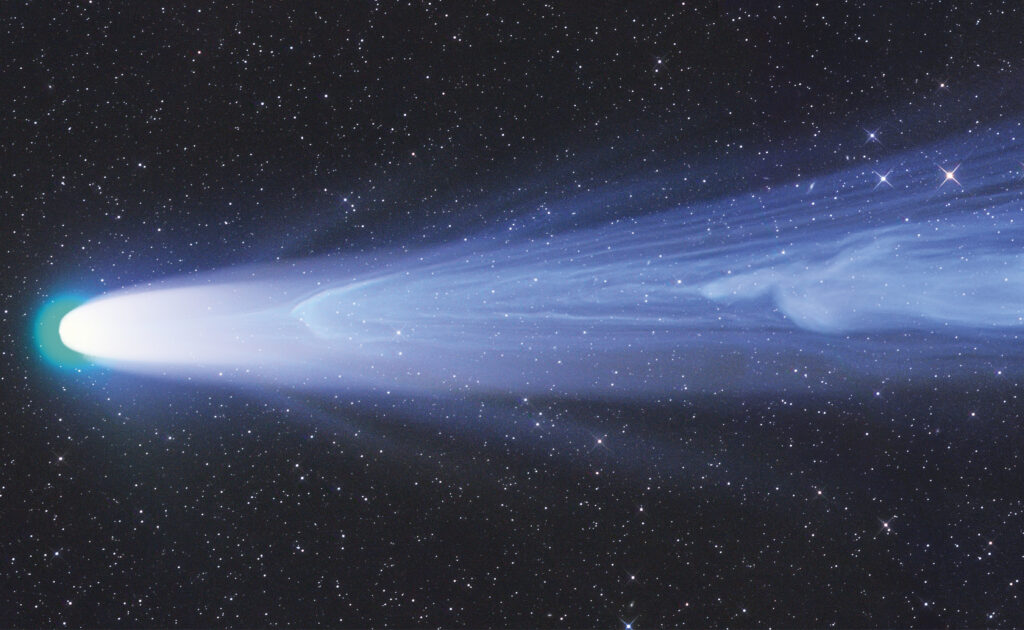
Dates for the diary
Competition opens: 9 January 2023
Entry closing date: 3 March 2023
Entrance fee: £10 for 10 entries
How to enter and rules:
Find out more by visiting the Astronomy Photographer of the Year website: apy.rmg.co.uk
The time has come again for astronomy photographers around the world to put the finishing touches to their best images in the hopes of being named the winner of the 2023 Astronomy Photographer of the Year competition, supported by Liberty Specialty Markets. The world’s biggest astrophotography competition is now open for entries from astrophotographers hoping to win the grand prize of £10,000.
Now in its 15th year, the competition has eight main categories for different astronomy subjects, each with a £1,500 prize up for grabs, as well as runner-up and highly commended awards of £500 and £250 respectively. There are also two special prizes of £750 each: one for the best newcomer, and one for using professional data in an innovative way.
Entrants under 16 years old can enter the Young Astronomy Photographer of the Year competition in the hope of winning £1,500, as well as a Celestron Astromaster 130EQ MD to help them continue their observations of the night sky. So no matter what your experience, age or area of interest, there’s a category to suit you. An exhibition of the winning images will be on show at the National Maritime Museum, London, from 16 September 2023. Below are #APY15’s 11 categories. You can enter each one multiple times:
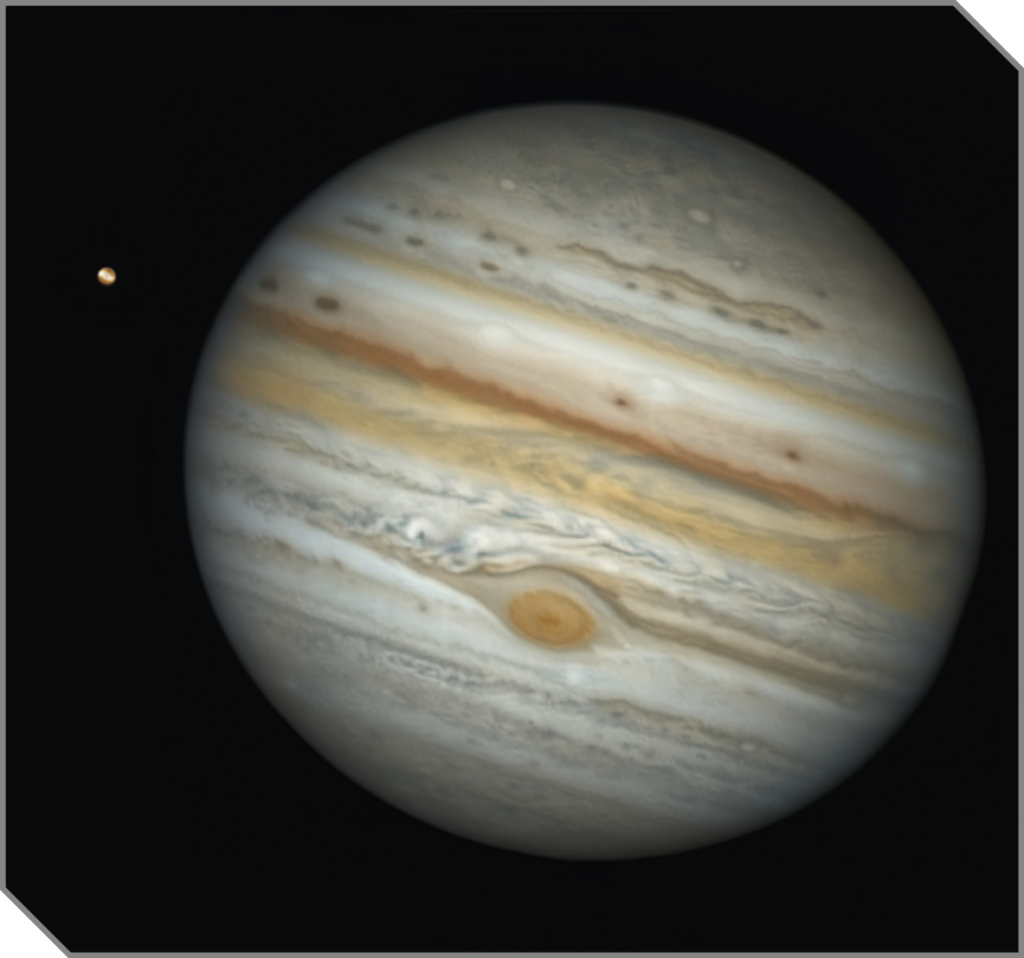
Planets, Comets and Asteroids
It’s been a great year for Solar System observers, with a parade of planets visible as well as a number of bright comets. If you managed to get a good astrophoto of one of our planetary neighbours, enter it into this category.
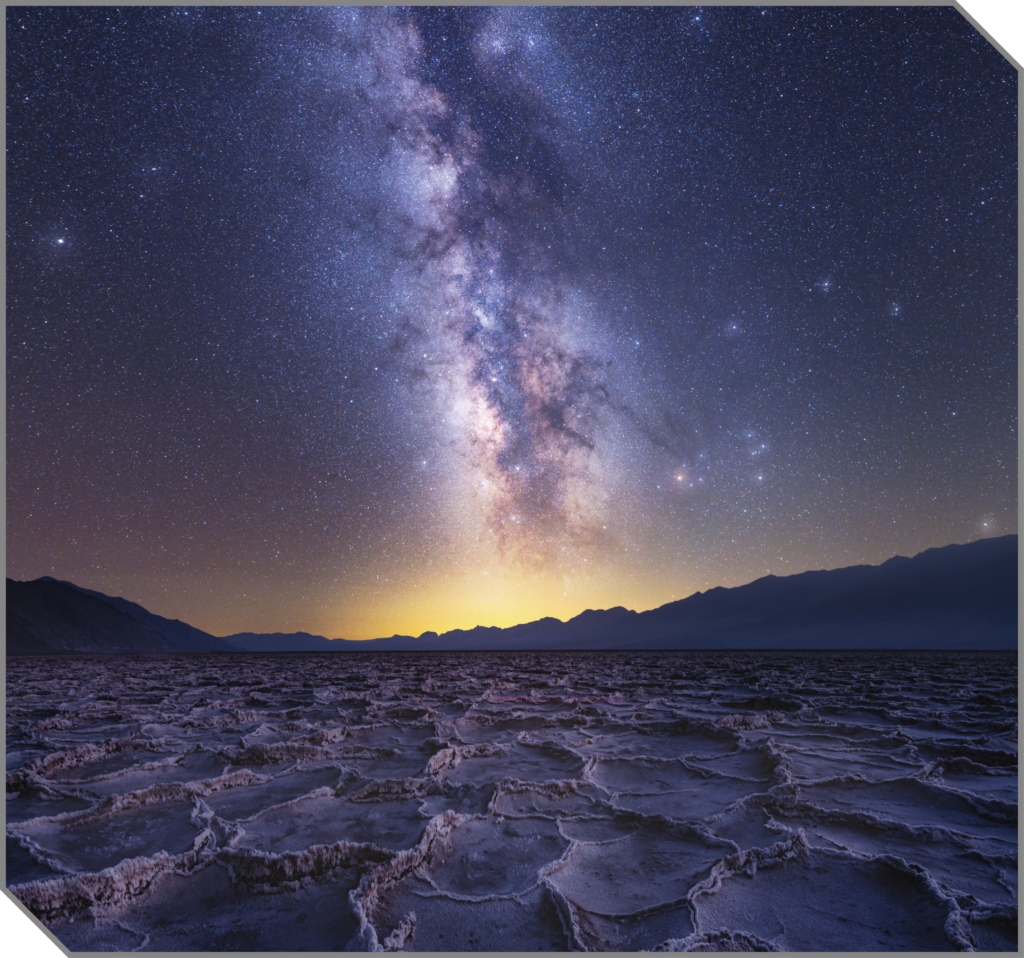
Skyscapes
The night sky can often seem remote, unconnected to us on the ground. This category aims to showcase landscapes or cityscapes alongside celestial objects in the same scene, and is one of the contest’s most popular.
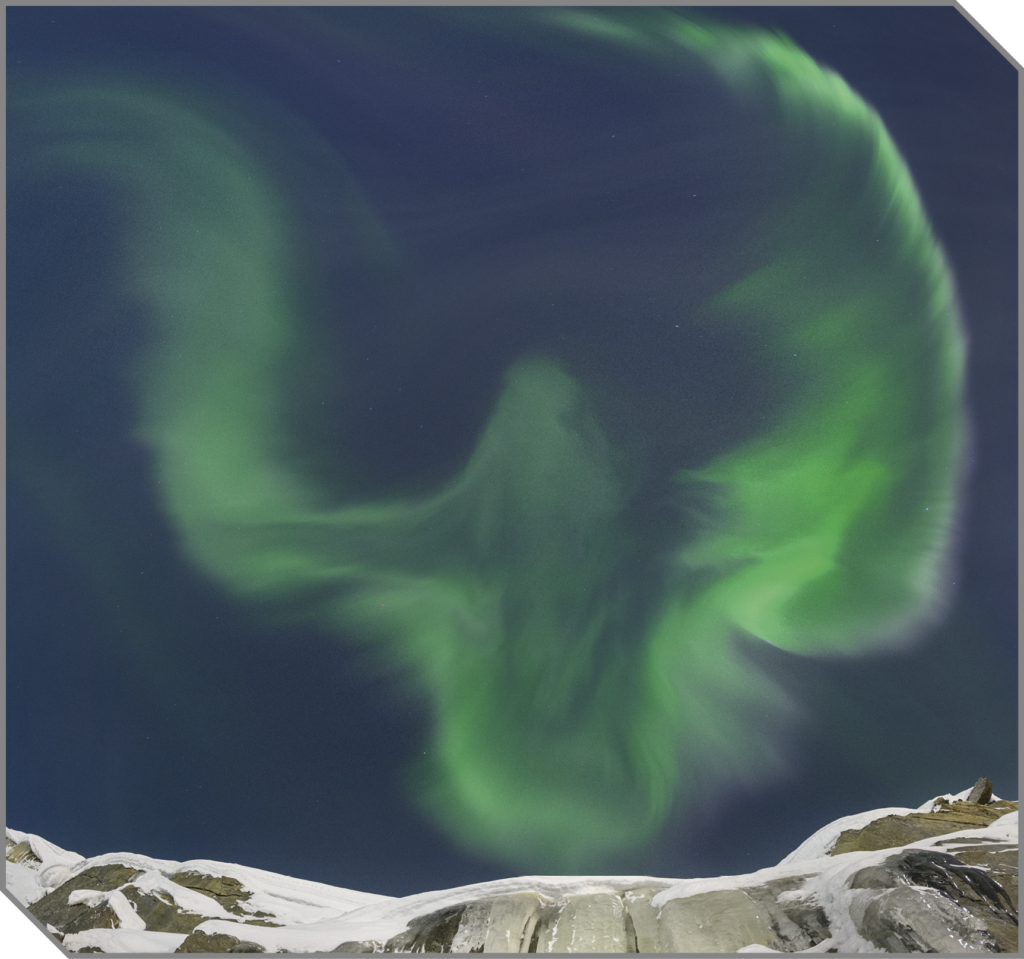
Aurorae
The Northern and Southern Lights are some of the natural wonders of our world. Capturing their beauty requires persistence, skill and luck, so if you were fortunate enough to capture a striking aurora shot, you could take this hotly contested prize.
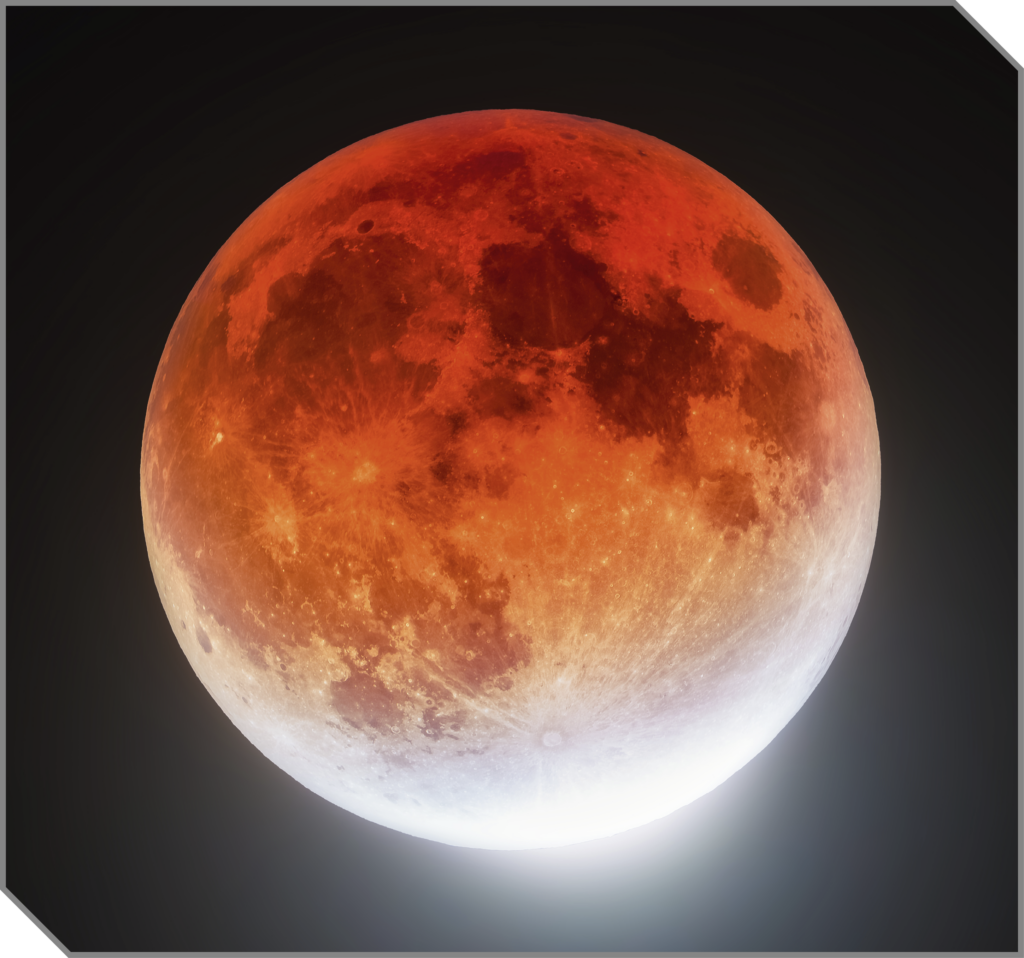
Our Moon
Our nearest neighbour is a wonderfully varied world. The craters and crags of the Moon’s surface offer opportunities for close-up imaging, while its changing phases showcase the clockwork motion of our Solar System in action.
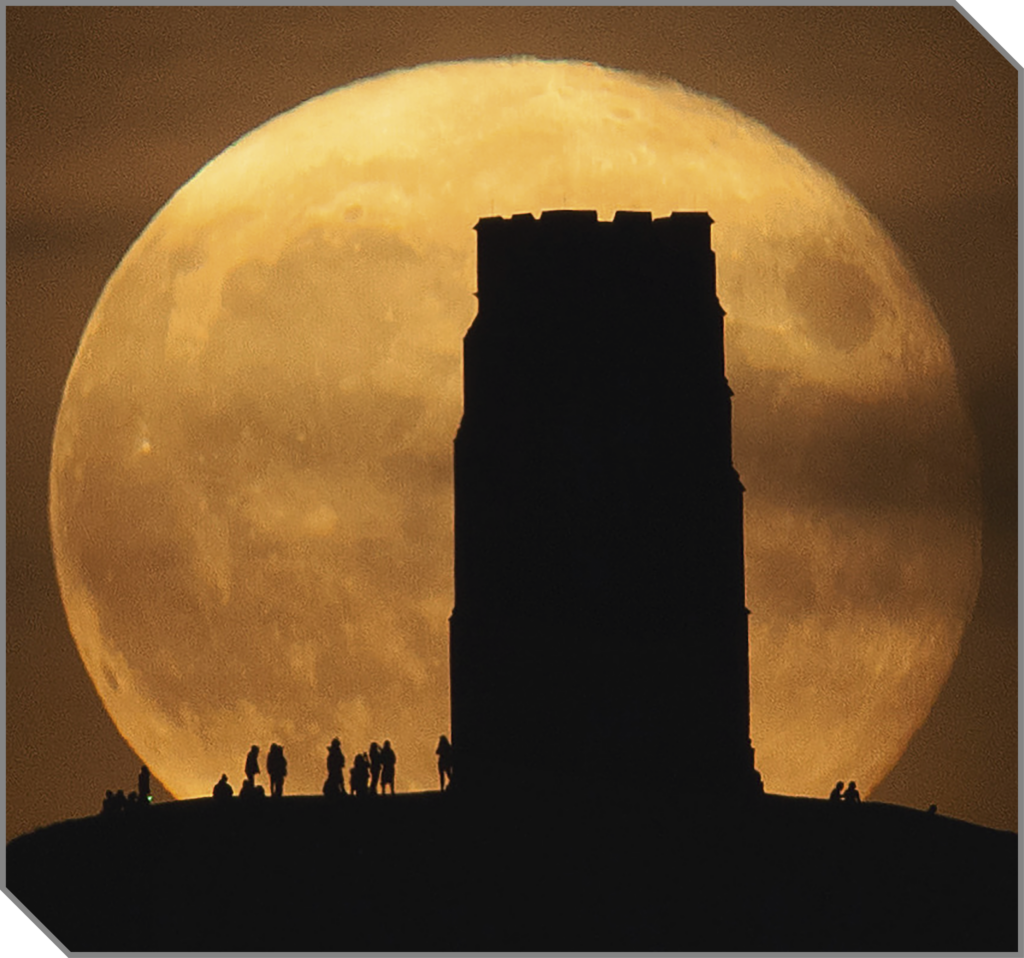
People and Space
Stargazing is a unifying experience, linking the world as we all look up at the same sky. This category explores that connection, asking for images that show the impact of humanity juxtaposed against the vast Universe.
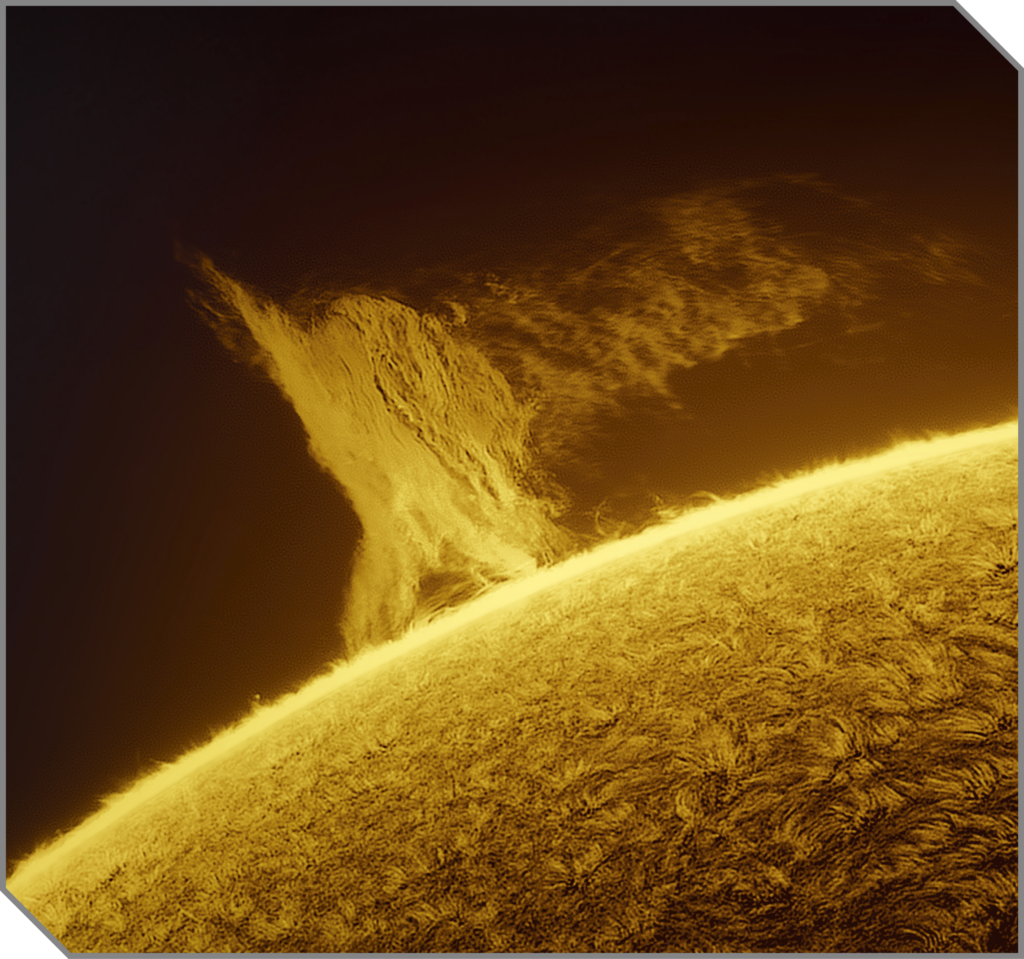
Our Sun
Cutting through the intense glare to photograph our Sun takes skill, but the results can be striking and dynamic. Last year gave a host of photo opportunities, with huge solar flares and sunspots sighted as activity ramps up.
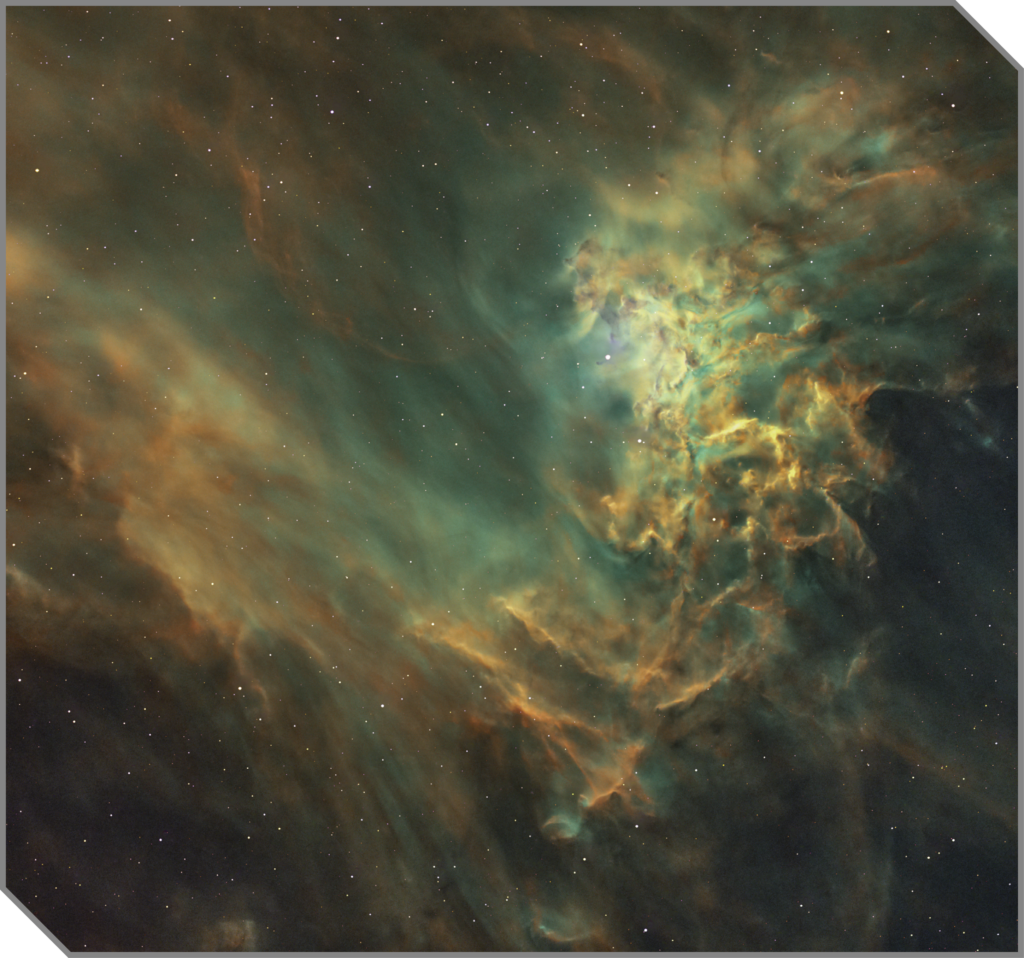
Stars and Nebulae
To our eyes, the stars are points of light, but a telescope reveals many of them are embedded within dusty clouds of nebulae. It is only astrophotography that can truly pull out the fantastical colours and intricate structures of these faint objects.
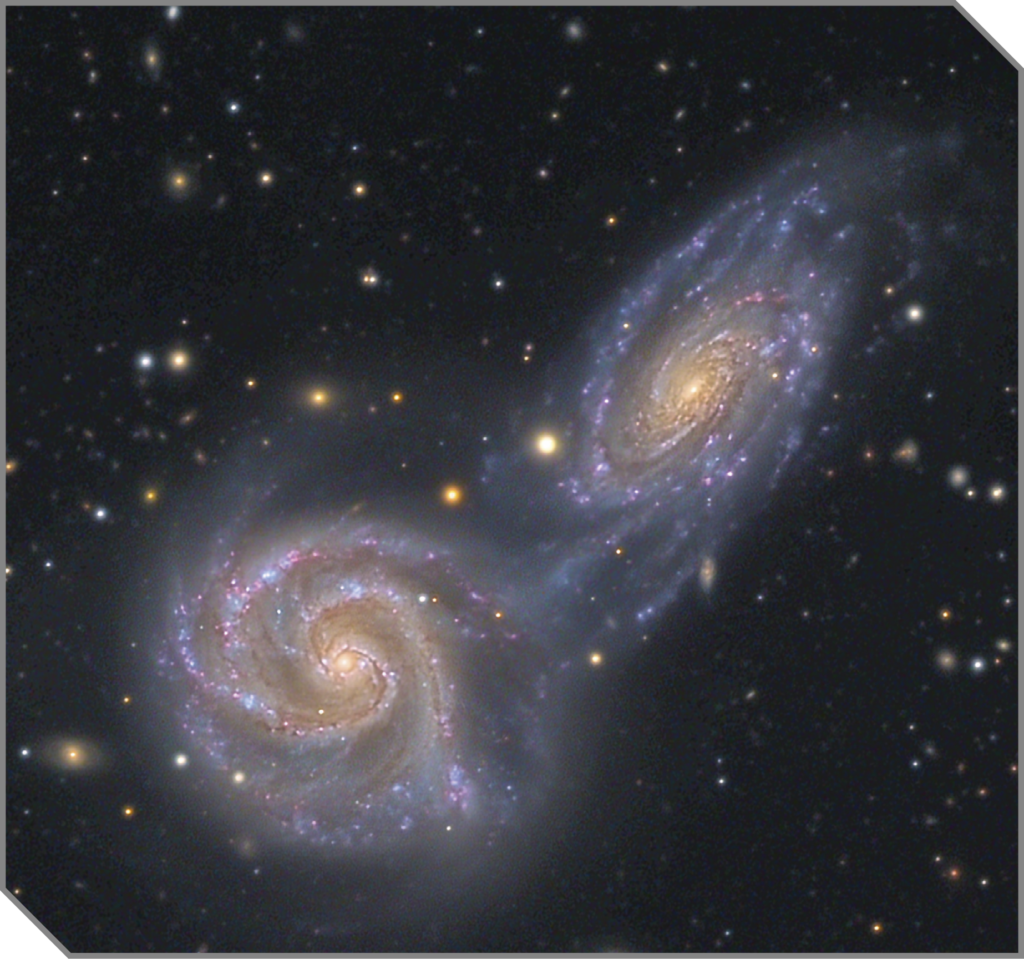
Galaxies
No other celestial object showcases the vastness of the Universe as much as galaxies do. Collecting the light from these distant targets and then processing the captures to look their best is a real challenge, requiring great skill in astrophotography.
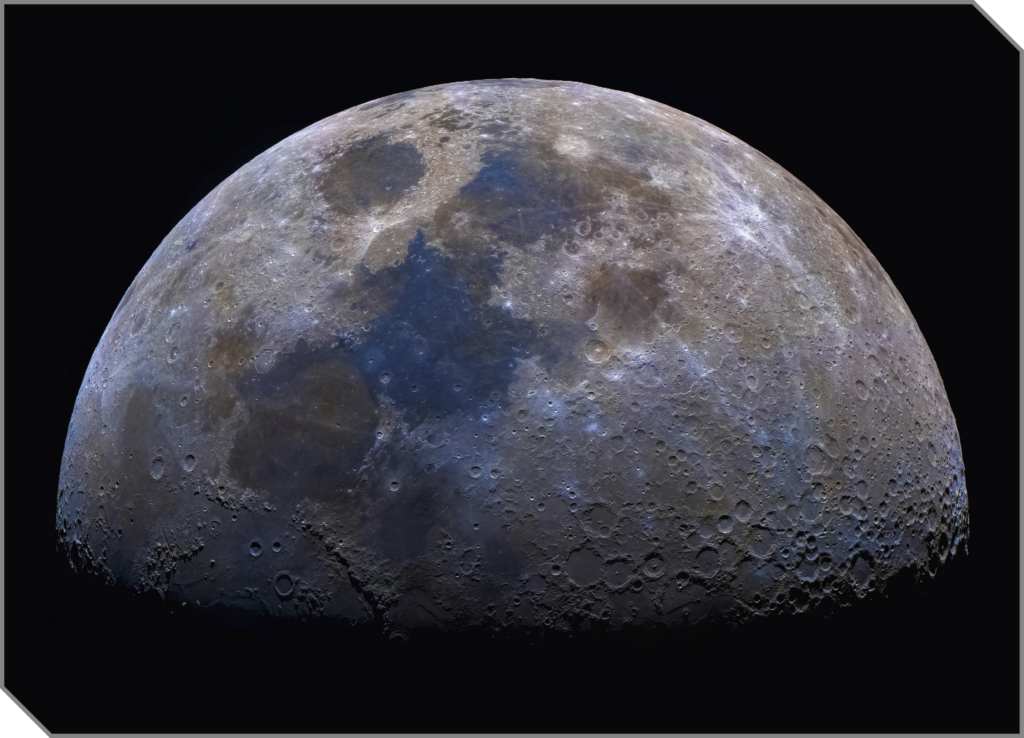
Young Astronomy Photographer of the Year
Many astrophotographers start the hobby at an early age, but that youth doesn’t mean their work is any less deserving. This special competition is open to any entrants under age 16, to showcase and encourage the great photographers of tomorrow.
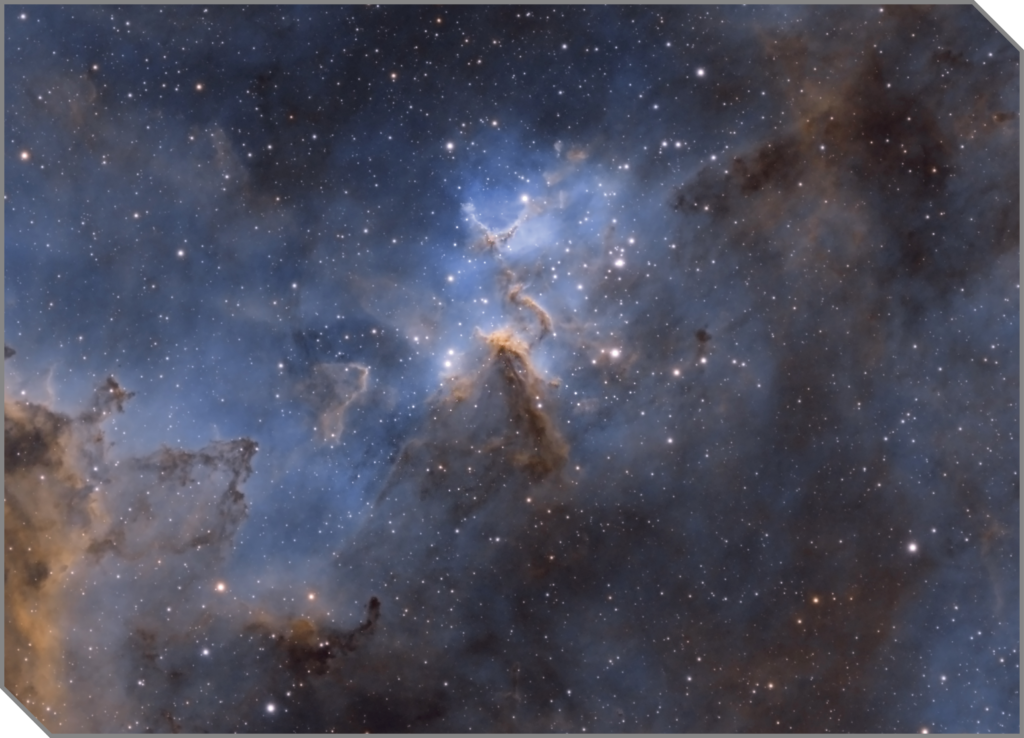
Special Prize: Patrick Moore Prize for Best Newcomer
Don’t assume that you need high-end equipment and years of experience to get started in astrophotography. This special prize aims to encourage those who are new to the hobby and give their work a chance to shine.
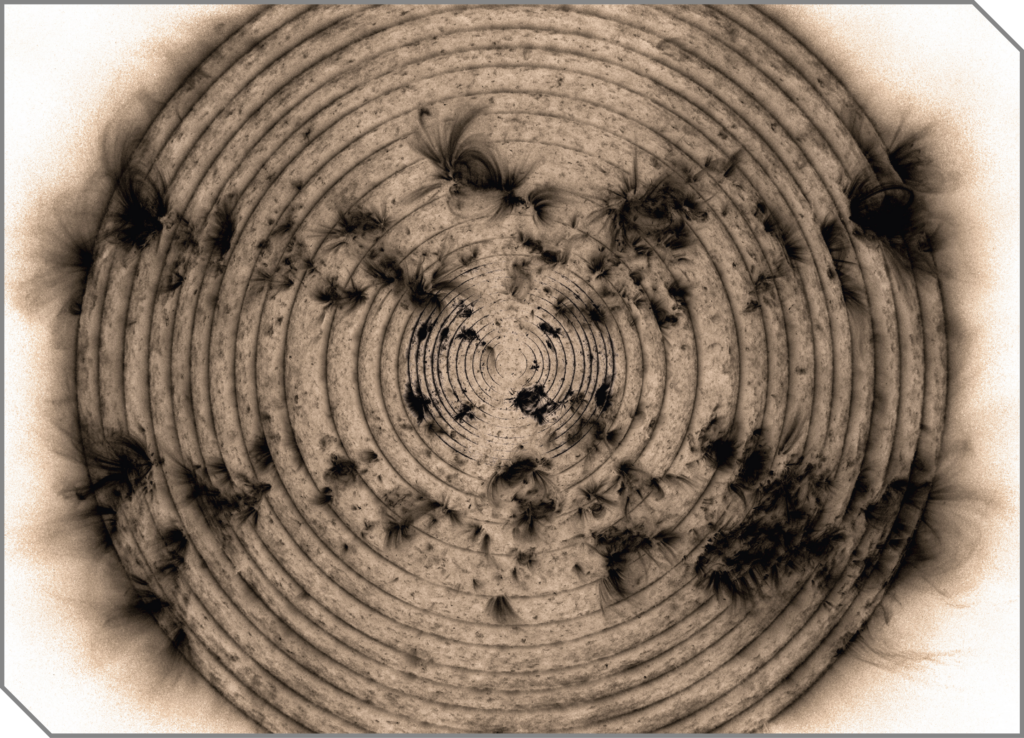
Special Prize: Annie Maunder Prize for Image Innovation
The night sky should be open to all. This special prize asks entrants to process data from professional observatories in an innovative way – whether that’s creating false colour images, arranging it in a novel way, or creating a physical object using the data.